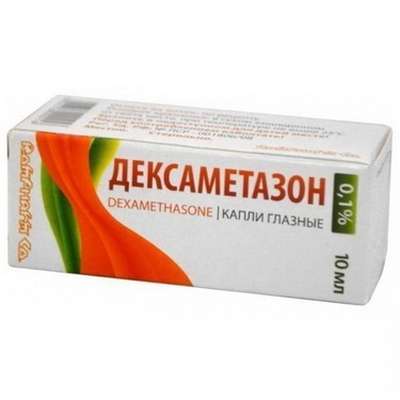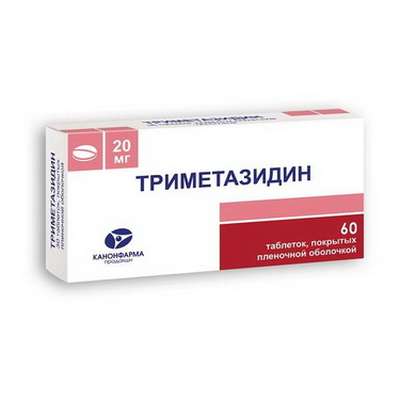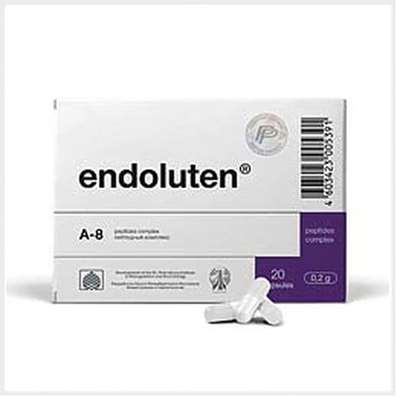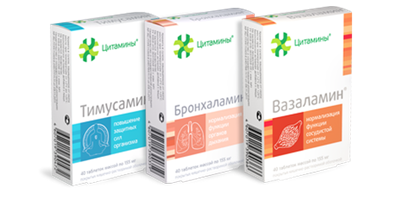Instruction for use: Viatromb
I want this, give me price
Dosage form: Gel spray for external use
Active substance: Heparinum natrium
ATX
C05BA03 Heparin Sodium
Pharmacological group
Anticoagulants
The nosological classification (ICD-10)
I80 Phlebitis and thrombophlebitis: Diseases of peripheral vessels; Inflammation of superficial veins; Inflammatory diseases of veins; Deep venous thrombophlebitis; The disease of veins; Disease of the veins of the lower extremities; Diseases of peripheral vessels; Migrating phlebitis; Insufficiency of veins of lower extremities; Exacerbation of chronic thrombophlebitis; Acute thrombophlebitis; Acute thrombophlebitis of superficial veins; Periphlebitis; Periflebit surface; Superficial inflammation of veins; Surface thrombophlebitis; Surface phlebitis; Thrombophlebitis; Deep vein thrombophlebitis; Thrombophlebitis superficial; Phlebitis; Phlebitis of deep veins; Phlebitis of superficial veins; Phlebopathy; Chronic thrombophlebitis; Endophlebitis
I83 Varicose veins of lower extremities: The feeling of heaviness and fatigue in the lower limbs; Varicose disseminated type; varicose veins; Varicose veins of the lower extremities; Varicose disease of lower limbs; Varicose superficial veins; Varicose veins; Varicose vein disease; varicose syndrome; varicose syndrome; Venous claudication; venous varices; venous disease; The disease of the lower extremities; Prevarikozny syndrome; Predvarikozny syndrome; Chronic varicose veins; Sclerotherapy varices
I87.0 Postphlebitic syndrome: post-thrombotic venous insufficiency; Postthrombotic disease; Post thrombophlebitic syndrome; Post-thrombophlebitis; Post-thrombophlebitic syndrome; Postphlebitic syndrome; Post thrombotic syndrome; Postphlebitic syndrome (stasis syndrome)
L98.4.2 * Trophic skin ulcer: Varicose ulcer; Varicose ulcers; Cutaneous ulcer; Non-healing ulcers; Trophic ulcer; Trophic ulcer of lower leg; Trophic skin lesions; Trophic after-burn ulcers; Trophic ulcers; Trophic skin ulcers; Ulcer of lower leg; Ulcer of skin; Ulcer of trophic skin; Ulcer on legs; Ulcerative necrosis of the skin; Ulcer of shin; Ulcer of the lower leg; Ulcers of lower extremities; Difficult healing ulcers
R60.0 localised oedema: Allergic edema of the larynx; Local edema; Local edema; Local edema; Edema localized; Edema of the lower limbs; Edema caused by inflammation of the tendon sheaths; Edema after dental interventions; Swelling of the nasopharyngeal mucosa; Edema of the mucous membrane of the nasopharynx; Trauma of traumatic origin; Edema of traumatic nature; Edema with trauma; Post-traumatic swelling; Post-traumatic edema; Post-traumatic swelling of soft tissues; Traumatic edema; Edema of the oral cavity
T14.0 Superficial injury of unspecified area of the body: Abrasions; Scratch; Skin Wounds; Wounds of soft tissues; Hematoma; Hematoma of traumatic origin; Hematomas; Hematomas of muscles; Hematomas of soft tissues; Healing of the skin; Bruise; Bruising due to sprains and bruises; Microtrauma; External bruises; Small combing; Superficial hematoma; Superficial damage to the skin and mucous membranes; Subcutaneous hematoma; Post-traumatic hematoma; Post-traumatic disturbance of microcirculation; Skinness of the skin; Traumatic plexus lesions; Injury; Contusion of soft tissues; Joint bruise; Traumatic bruises; Traumatic injury; Primary treatment of surface contaminated wounds; Abrasion; Bruise
T14.6 Injury of muscles and tendons of unspecified body region: Pain syndrome in pathology of tendons; Pain in the tendons; Pre-inflammatory soft tissue inflammation; Rupture of muscles; Rupture of muscles without compromising the integrity of the skin; Muscle ruptures; Soft tissue injuries; Injuries of muscle-tendon tissues; Muscle injuries; Soft tissue injuries; Injuries to tendons
Composition and release form
Active ingredient
Heparin sodium * (from mucous pig) in liposomal form 0.4 g
(Corresponding to 60,000 IU)
Inactive ingredients: NAT85396 - 3.33 g (phospholipon ® 80 - 2.4975 g, ethanol 96% - 0.8325 g); Ethanol - 3.37 g; Potassium dihydrogen phosphate 0.13 g; Sodium hydroxide - 0.01 g; Purified water ** - 17.66-17.86 g
* The amount of active substance varies in 25 g of the drug in the range of 0.3-0.5 g, t. The activity of sodium heparin in batches of the drug is different
** The amount of purified water contained in 25 g of gel varies depending on the amount of active substance used (see above).
The sum of the masses of sodium heparin and purified water included in the formulation is always 18.16 g per 25 g of product.
When spraying 1 dose of the spray, 0.19 g of gel is released, which corresponds to 458 IU of sodium heparin
In a vial of dark glass 25 g (complete with a spray pump); In a pack of cardboard 1
Description of dosage form
Yellowish opalescent liquid with a characteristic smell of lecithin.
Pharmachologic effect
Mode of action - Anti-inflammatory, decongestant, anticoagulant.
Pharmacodynamics
The active ingredient of the drug is sodium heparin in liposomal form. Heparin inhibits clot formation, stimulates the repair of damaged vascular endothelium, prevents the adhesion of blood platelets to the damaged endothelium. Heparin changes the structure of antithrombin III and potentiates its inactivating effect on coagulation factors. This inactivation is observed not only for thrombin IIa, but also for factors XIIa, IXa, Xa and kallikrein. Heparin also enhances lipolysis and activates histamine. Does not have a fibrinolytic effect.
Pharmacokinetics
T1 / 2 in plasma - approximately 1-2 hours. In blood, the drug binds to plasma proteins. It does not pass through the placental barrier and is not found in human milk. In unchanged form or in the form of a low-molecular metabolite, heparin is excreted in the urine. Absorption tests on healthy skin showed that heparin reaches the deepest layers of the epidermis. Absorbed heparin accumulates at the base of the subcutaneous connective tissue, vascular endothelium and reticuloendothelial system. Penetration of heparin through healthy skin depends on the dose and it is found in it at a dosage of 300 IU / g. When applied to the skin does not have a systemic effect. Liposomes - carriers of the active substance of heparin, consist of phospholipids, identical to the phospholipids of natural cell membranes. They guarantee high percutaneous penetration of heparin and at the same time good compatibility with the skin. In clinical trials, heparin has been shown to be effective in liposomal form, manifested by increased blood flow in the skin.
Indications for Viatromb
Superficial thrombophlebitis;
Postphlebitic syndrome;
Venous varicose veins;
Venous edema and ulcers of the lower limbs;
Superficial hematomas of various origin, including posttraumatic and iatrogenic (after venous puncture);
Edema caused by the constitution;
Edema caused by inflammation of the tendon sheaths.
The drug can be used in adults, adolescents and children.
Contraindications
Hypersensitivity to the active ingredient of the drug or excipients;
Hemorrhagic disorders.
The drug should not be applied to suppurating wounds, damp eczema and mucous membranes.
Pregnancy and breast-feeding
There were no negative effects from the use of the drug in pregnancy and lactation. According to the available information available - heparin does not penetrate the placental barrier and is not secreted into the milk of the nursing mother.
Side effects
Possible rare allergic reactions to heparin, manifested in the form of hives or redness of the skin, which quickly pass after the drug is discontinued.
Interaction
If before the application of Viatromb on the affected area of the skin, medicinal products containing salicylic acid were applied, then after applying Viromb to this area of skin, the risk of local purpura increases.
Dosing and Administration
Epicutaneous. It is applied by the method of wide spraying of the gel onto the affected surface in 3-4 layers, followed by massage of the application area, 3 times a day. In the treatment of superficial thrombophlebitis, the application area of the preparation is not massaged. The duration of treatment of venous diseases - 1-2 weeks, bruising and swelling - 10 days.
Overdose
Reactions to drug overdose have not been reported.
Special instructions
Prolonged use of the drug may lead to sensitization. In this case, it is necessary to stop using the drug and switch to other appropriate treatment. Viatromb does not influence on ability of driving of the car and management of other mechanisms.
Manufacturer
"Fabril Pharma GmbH", Germany.
A comment
The drug is in the process of registration.
Storage conditions of the drug Viatromb
at a temperature of no higher than 25 ° C.
Keep out of the reach of children.
The shelf life of the drug Viatromb
3 years.
Do not use beyond the expiration date printed on the package.

 Cart
Cart





